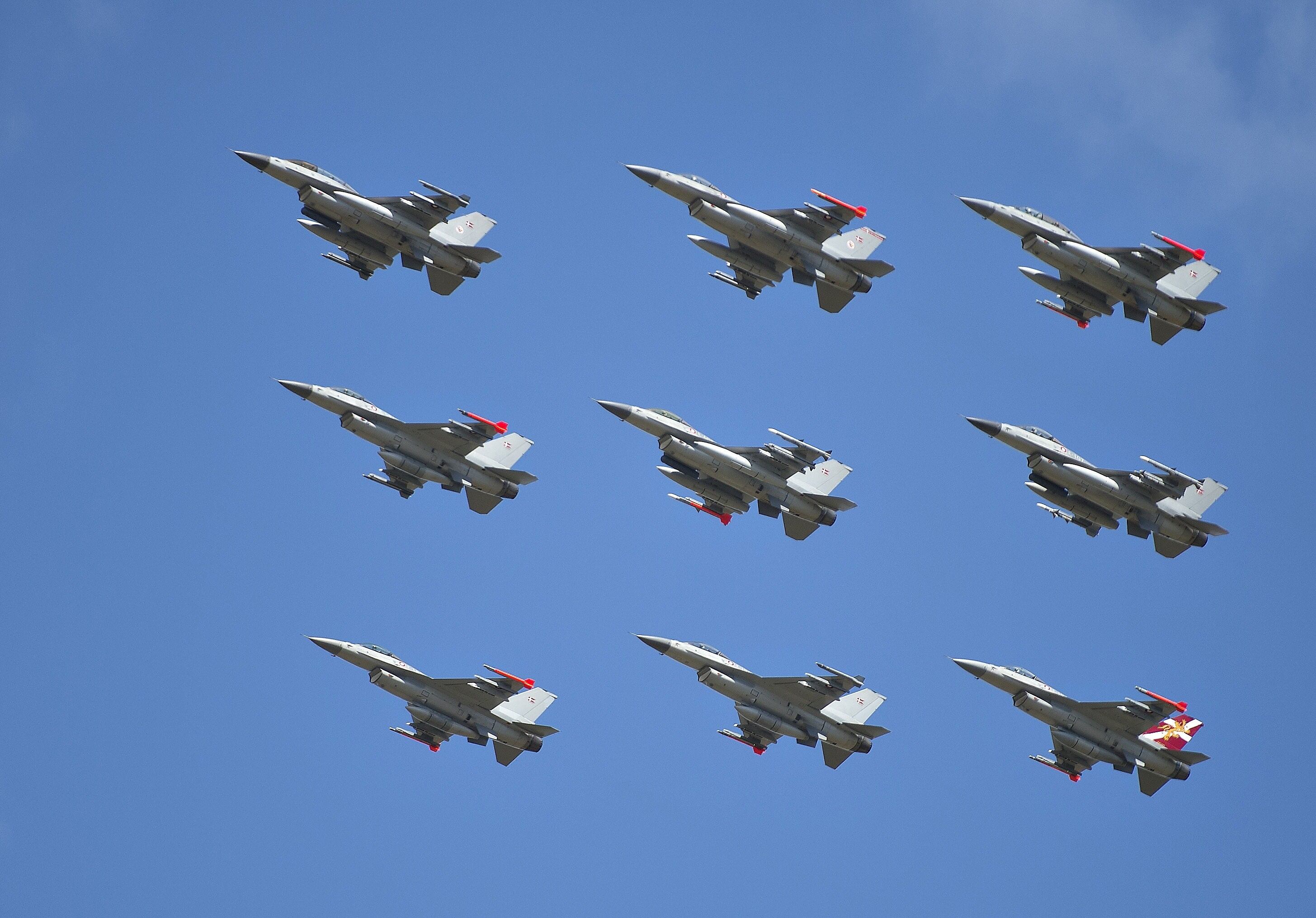HELSINKI ― Denmark’s national audit agency, the Rigsrevisionen, has raised a series of optimization and efficiency questions regarding the government’s basis for deciding to select the F-35A Lightning II as the Royal Danish Air Force’s next-generation fighter.
The Danish government reached a decision in June 2016 to acquire 27 F-35A aircraft at a cost of $3.1 billion. The F-35As will replace the Air Forces’ F-16s. Denmark acquired 44 F-16AM and F-16BM fighters from General Dynamics in the 1980s. The number of actual operational aircraft is about 29.
The Rigsrevisionen operates as the Danish Parliament’s independent watchdog on major capital spending programs. The agency wants the government to explain how the Ministry of Defence’s final assessment accounted for risks associated with key assumptions in the decision; this includes the inherent risk that the Danish armed forces might be unable to deliver all the tasks required with the 27 F-35 combat aircraft ordered from Lockheed Martin.
Moreover, the audit agency is suggesting the government may need to update estimated costs linked to the acquisition to more clearly reflect risks associated with calculated life cycle costs for the F-35A.
The MoD has estimated the life cycle costs for the 27 F-35A combat aircraft at about 66 billion krones (U.S. $10 billion) over 30 years.
Significantly, the central thrust of the questions raised by the Rigsrevisionen are not directed at the F-35A’s operating capabilities or suitability per se, but target optimization and the capacity of the 27 aircraft to deliver the full-range of tasks as set out in the Danish government’s decision-making document linked to the purchase.
Although the MoD will take a close look at the auditor’s analysis and conclusions, the Danish government remains fully committed to proceeding with plans to acquire the F-35A, said Defence Minister Claus Hjort Frederiksen.
“We will examine the Rigsrevisionen’s calculations and pay attention to them. That said, I believe that our figures have a very solid basis. I cannot see how we cannot achieve them,” Frederiksen said.
The MoD’s core appraisal calculates that the F-35A will be able to complete 250 flight hours per year, and a higher number if the military is required to operate the aircraft in support of NATO or as part of other international missions.
The questions raised by the Rigsrevisionen, which have been presented to the Danish Parliament’s Public Accounts Committee, form part of a new cost and performance analysis by the agency behind the government’s F-35A procurement decision.
Inaccurate estimates?
The Rigsrevisionen’s report is timely. The MoD is set to present documentation to the Danish Parliament’s Finance Committee before the end of November, seeking funding approval for the procurement.
The basis for the government’s fighter-type decision will be incorporated into the request for funding approval along with supplementary details and a specification of the scope of the final procurement made by the MoD.
The government needs to study the auditor’s report and refresh its efficiency and optimization calculations if required, said Rasmus Jarlov, the Conservative party’s spokesman on defense.
“What is important is that the calculations and assumptions that formed the basis for purchasing the F-35 are accurate. This will not affect the decision to acquire the aircraft,” Jarlov said.
Titled “The basis for the Danish Ministry of Defence’s decision concerning procurement of 27 F-35 combat aircraft,” the Rigsrevisionen’s analysis report contends the MoD has failed to “provide evidence of a number of key assumptions underlying its calculations,” adding that the MoD’s figures do not adequately reflect uncertainties connected to these assumptions.
“Our study shows that the MoD’s calculation of the total number of flying hours for the 27 F-35s does not reflect potential shortcomings of the assumptions concerning average number of flying hours per year or the availability rate of the aircraft,” according to the report.
As a result, the auditor concludes “there is a risk that the requirement for flying hours has been under-estimated and the total number of flying hours over-estimated.” The report adds that the MoD may have also “under-estimated the costs allocated to cover risks which may increase the estimated life-cycle costs.”
The acquisition of 27 combat aircraft was never intended to cover all of the military’s long-term operational needs, said Leo Mundt, a political analyst based in The Hague, Netherlands.
“The original plan was to acquire 48 aircraft, but this was considered unaffordable within the framework of the more frugal Danish budgeting for public contracts. The proposed number was scaled down in stages to 27. It’s likely that the [Danish Air Force] will in coming years acquire a sufficient number of multirole drones to support its core F-35 fleet and give the force greater operational flexibility and strength,” Mundt said.
The MoD has already signaled its intent to optimize the operational efficiency of F-35s by micromanaging flight hours and placing a greater prioritization on mission-specific deployments.
“If the [Rigsrevisionen’s] calculations are more accurate than the MoD’s own task-based flight hours assumptions, and 27 F-35s prove to be insufficient to meet all duties, then the main choices are to either purchase more aircraft or reduce flight hours,” Mundt said.
The Air Force’s F-16s are slated to be retired by 2024. The F-35A planes are scheduled to be delivered between 2021 and 2027.
RELATED

Questions over the basis for the government’s decision-making around the Fighter Replacement Program had been raised by the Parliament’s Defence Committee in May 2016, ahead of the MoD’s announcement in June to procure the F-35A.
The committee cross-examined senior MoD officials, including the defense minister, regarding flyaway and life cycle unit costs and technical calculations relating to each of the short-listed aircraft in the Fighter Replacement Program. These included the Airbus-led European consortium’s Eurofighter Typhoon and Boeing’s F/A-18F Super Hornet.
Experts from the New Fighter Program Office were also questioned by the Defence Committee in May 2016.
Gerard O'Dwyer reported on Scandinavian affairs for Defense News.







